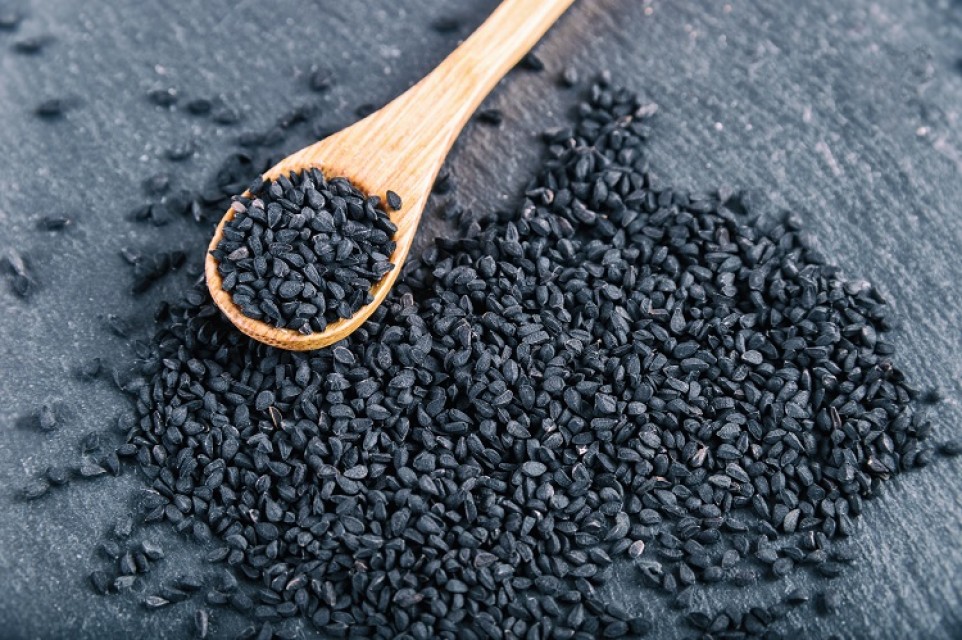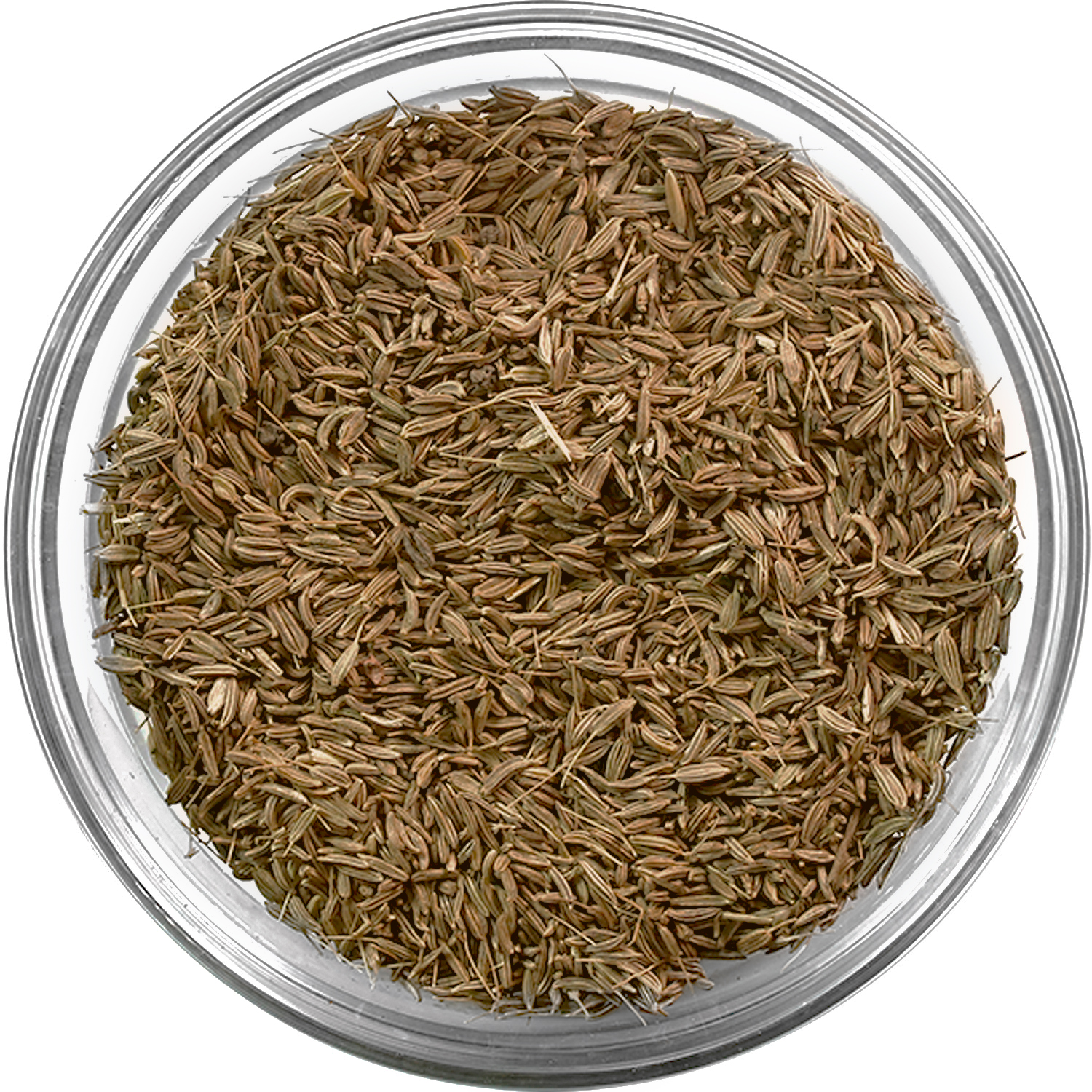Black cumin, also known as Nigella sativa, is a flowering plant native to southwest Asia. It has been used for centuries in traditional medicine and cooking due to its numerous health benefits and aromatic flavor. However, confusion often arises when discussing black cumin, as it is sometimes mistaken for other seeds or plants that share similar names. In this comprehensive guide, we will explore the various forms of black cumin and clarify the differences between them.
Nigella Sativa:
The most commonly referred to black cumin is Nigella sativa, which is a small black seed obtained from the Nigella sativa plant. This variety is often used in traditional medicine and culinary applications. The seeds have a bitter taste and a nutty, peppery flavor. Nigella sativa seeds are commonly used in Middle Eastern and Indian cuisine, where they are sprinkled on bread, pastries, and curries. They are also a key ingredient in the popular spice blend called “za’atar.”
Bunium Persicum:
Another seed often confused with black cumin is Bunium persicum, which is commonly known as black cumin or black caraway. However, it is not related to Nigella sativa. Bunium persicum is derived from a different plant, a member of the Apiaceae family. These seeds are smaller, thinner, and darker than Nigella sativa seeds. They have a warm, earthy flavor with hints of anise and caraway. Bunium persicum seeds are used in various cuisines, particularly in Iranian, Afghan, and Central Asian dishes.
Caraway Seeds:
Caraway seeds (Carum carvi) are yet another seed that can be easily mistaken for black cumin. Caraway seeds are the dried fruit of the caraway plant, and they have a similar elongated shape as Nigella sativa seeds. However, caraway seeds are light brown in color and have a distinctly sweet, warm, and aromatic flavor. They are commonly used in European cuisines, especially in dishes such as rye bread, sauerkraut, and various stews.
Black Seed Oil:
Apart from the seeds themselves, black cumin is also available in oil form. Black seed oil is derived from Nigella sativa seeds through a cold-press extraction process. The oil has a dark amber color and a distinct, pungent flavor. It is widely used in traditional medicine, particularly in Ayurveda and traditional Islamic medicine. Black seed oil is known for its potential health benefits, including anti-inflammatory, antioxidant, and immune-boosting properties.
Kalonji Seeds:
Kalonji seeds, also known as nigella seeds, are another source of confusion. These small black seeds come from the plant Nigella sativa, just like the first variety mentioned earlier. Kalonji seeds are commonly used in Indian and Pakistani cuisines, where they are added to bread, pickles, and curries for their aromatic flavor. Despite the similarity in names, kalonji seeds and Nigella sativa seeds refer to the same seeds, which are often referred to as black cumin.
In conclusion, black cumin can refer to different seeds and forms, each with its own distinct characteristics and uses. Nigella sativa seeds are the most common and well-known variety, often used in Middle Eastern and Indian cuisines. Bunium persicum, or black caraway, is another seed that is sometimes confused with black cumin. Caraway seeds, on the other hand, are a separate seed with a sweet and aromatic flavor. Black seed oil, derived from Nigella sativa seeds, is highly valued for its potential health benefits. Finally, kalonji seeds, also known as nigella seeds, are simply another name for Nigella sativa seeds. Understanding the differences between these various forms of black cumin can help you choose the right ingredient for your culinary and medicinal needs.
- The Ultimate Review of the Top Vape Pens By Head Shop - August 21, 2024
- What’S The Difference Between Delta 10 And Thcv - November 9, 2023
- Benefits of Lions Mane Functional Mushrooms - November 9, 2023




